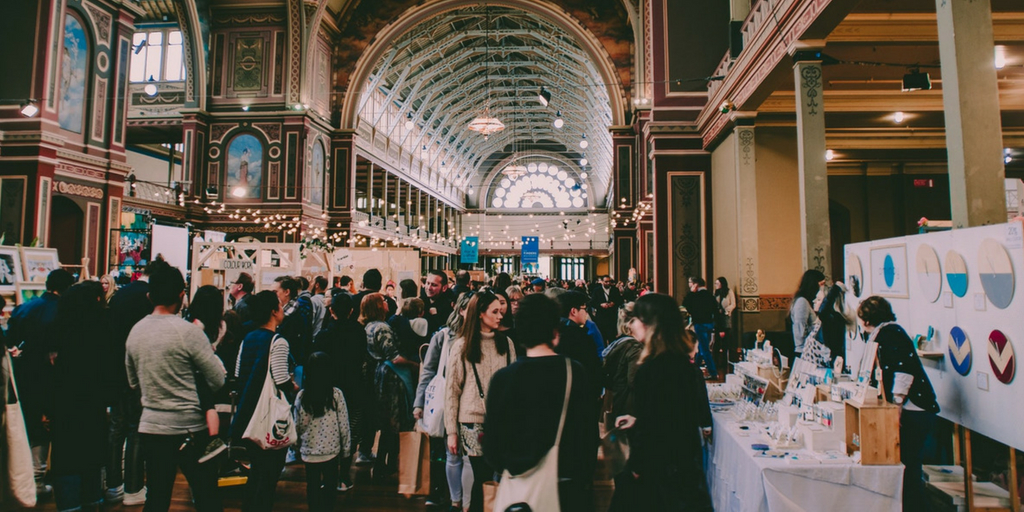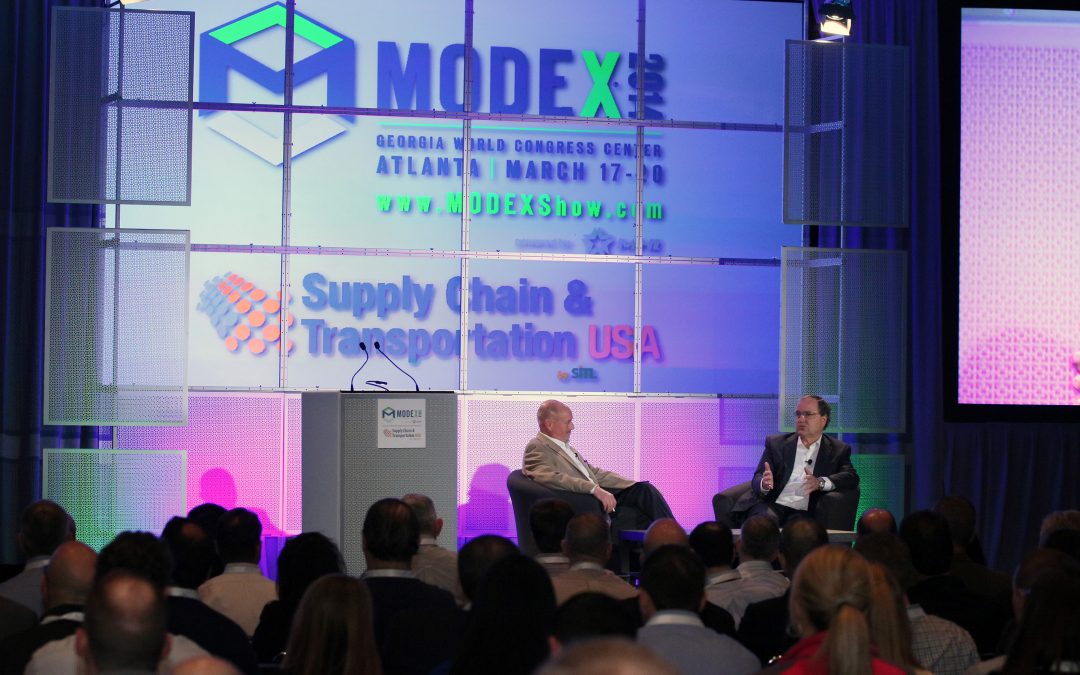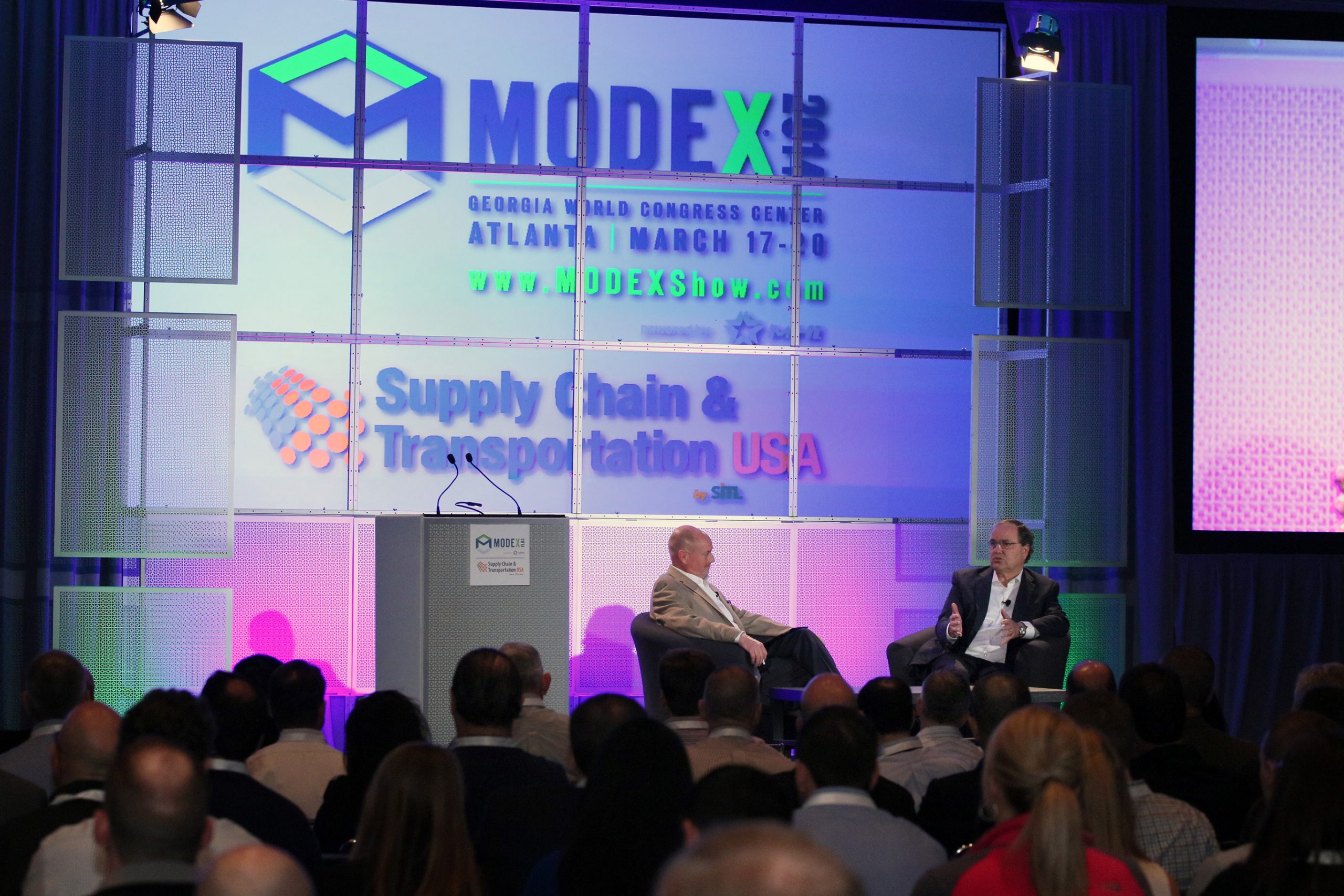
by Fronetics | Oct 10, 2018 | Blog, Content Marketing, Logistics, Marketing, Social Media, Supply Chain
Follow these 3 steps to use social media to promote events, conferences, and other business occasions.
Social media is a powerhouse tool for growing brand awareness, audience engagement, and lead generation. It’s also one of the most effective ways out there to promote special events.
[bctt tweet=”Social media is a powerhouse tool for growing brand awareness, audience engagement, and lead generation. It’s also one of the most effective ways out there to promote special events.” username=”Fronetics”]
But simply creating a Facebook event and sharing it once or twice won’t get you the most bang for your buck. You need to be strategic about your use of social media to promote events and conferences.
Follow these 3 steps to make the most of social media as a promotional tool.
3 steps to use social media to promote events for your business
1. Choose your platform wisely
Not all social media channels are created equal, and neither are all events. Finding the platform that suits the unique needs of your event or conference is a big part of a successful promotional campaign. For instance, Facebook is a great option for large-scale public events, since it lets you hone in on your target audience in specific ways.
On the other hand, for corporate events like seminars, conferences, and continuing education programming, LinkedIn is your best bet. LinkedIn lets you set up your event and allows attendees to network with each other before the event even happens.
When it comes to more informal events, Instagram is a great way to identify and engage with potential attendees. The platform’s highly visual nature is ideal for sharing imagery related to your event, and it’s an ideal place to use hashtags.
2. Pick a hashtag
If your social media circle includes people under the age of 35, you’ve probably noticed that pretty much every wedding, graduation party, and even family vacation has its own hashtag these days. Corporate events are no different. Hashtags are a fun and memorable way to foster a sense of community, and they have the important benefit of being an easy way to group all information, questions, and comments about your event.
The most effective hashtags tend to be short, memorable, and easy to read. It’s also worthwhile to do a quick search to make sure your hashtag hasn’t been used before. In all posts related to your event, use your hashtag prominently, and encourage your audience to do the same if they share or post independently.
3. Don’t forget about content
One of the most effective ways to promote events on social media is — you guessed it — content. Blog posts, related case studies, testimonials from former events, promotional interviews with potential attendees or keynote speakers, videos, case studies, and white papers/industry reports are all content types to consider.
You don’t have to reinvent the wheel every time you promote a new event. Chances are, existing content can be repurposed and reposted on social media channels. You’re serving the dual purpose of promoting your event and driving more traffic to view and interact with your content.
When it comes to promoting events, social media is your friend. Approaching it strategically can help you raise awareness, attendance, and interaction and reach for your brand.
How do you use social media to promote events?
Related posts:


by Fronetics | Mar 31, 2016 | Blog, Content Marketing, Marketing, Social Media, Supply Chain

Employ a content and social marketing strategy to nurture leads you meet during MODEX.
Hundreds of potential customers will be heading to Atlanta next week for MODEX, and you’re gearing up to gain lots of new business. That is, you and over 800 other exhibitors are hoping to gain lots of new business. So how do you plan to stand out among the competition?
Using content and social marketing to nurture leads surrounding the event will help maximize the benefits of attendance. You can bring more attention to your presence, which will help you find more new potential customers, and then you can increase your chances of converting them if you use these tools properly.
Here are some tips for before, during, and after MODEX for using content and social media to gain new business.
Before the show
1) Define your goals.
A trade show represents an opportunity to spread brand awareness, find new leads, and, of course, make sales. Decide what is most important to your business, and strategize around those goals. For example, if one of your goals is to increase your social following, make sure every handout, landing page, and face-to-face interaction includes a request to like you on Facebook (or elsewhere).
2) Promote your attendance.
With the trade show hashtag (#MODEX2016), use Facebook, Twitter, and LinkedIn to let your followers know that you will be attending and when and where they can find you. Engage with other attendees who are using the event hashtag. Offer teasers — such as photos of the freebies you’re bringing — to entice visitors, and provide any longer-form information (e.g., an excerpt from a presentation you’ll be giving) in a blog post, distributing it through your social channels.
3) Set up a landing page/landing pages.
Create an event-specific landing page that includes a call to action (CTA), like reserving a time to speak with you at the conference or downloading a coupon to redeem a free sample. Make sure to ask for some information (such as a name, company, or contact information) in exchange. Monitor traffic and keep a running list of leads who visit and provide their information.
4) Research the attendees.
Perform prospect research using the list of attendees, paying special attention to those who have provided their information on your landing page or connected with you on social media about the event. Check out their social pages to see what they’re saying about the event, and like or follow them. Connect with high-value prospects on LinkedIn and try to arrange a time to meet up during the show.
5) Prepare to nurture.
Draft content that you can distribute during and after the show. Examples include lead-nurturing email templates, slides from presentations you are giving, and other offers you plan to provide visitors. Create another landing page, which includes a special offer or specific information you’ll be providing during the show, to drive attendees to during and after the event.
During the show
6) Keep chatting.
Reach out to the people you meet during the show on their social media handles. A nice-to-meet-you tweet and/or an invitation to connect on LinkedIn shows that you remember and appreciate the potential customer. Send the lead-nurturing emails you prepared in advance.
7) Monitor social media.
Continue using the show’s hashtag to monitor the conversations that are happening online, and see if anyone is talking about your company. Like or reply to anyone who does to show you’re listening.
8) Generate content.
Trade shows are a great place to generate content. Post photos of your booth and attendees from your company, and create videos of product demonstrations, presentations, or customer testimonials. Share your thoughts on the issues being discussed, and keep track of those themes, as well as any recurring questions that attendees ask, for future content.
After the show
9) Plan out your editorial calendar.
Develop posts for your company’s blog over the coming months around the questions and issues that were raised during the show.
10) Keep up the conversations.
Continue to engage the people you met on Facebook, Twitter, and LinkedIn. Follow and like their pages, and invite them to connect.
11) Offer your leads something of value.
Make event presentation or speaking materials part of your lead nurturing activities by sharing them with prospects using Slideshare or email. Remind leads with whom you shared your special-offer landing page to visit. Make sure to segment your contacts based on their interests and send them only relevant offers.
How do you nurture leads around trade shows? Will you be attending MODEX this year?
Related posts:




